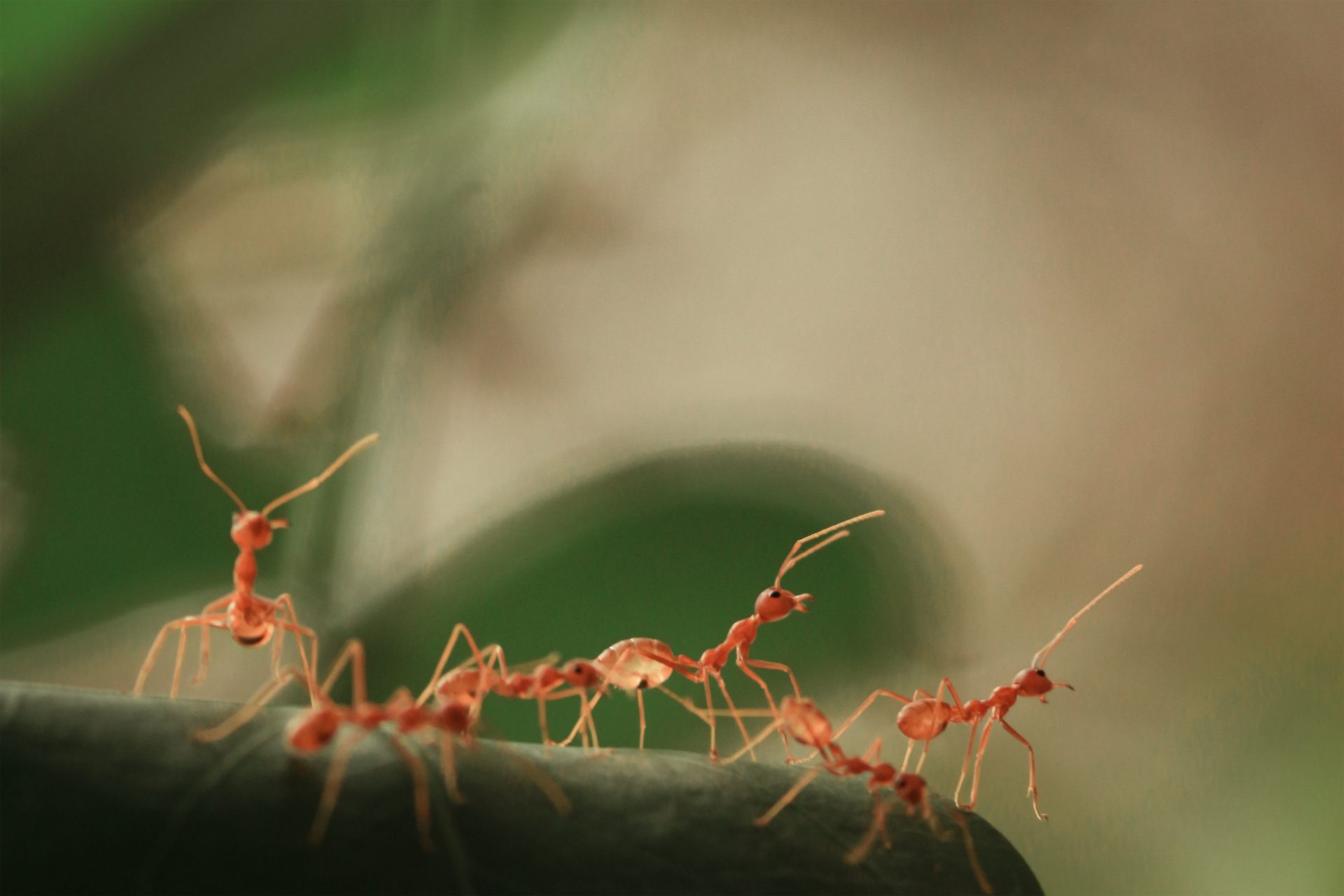Navigating the explore-exploit trade off in collective search
The dynamics between collective search and collective avoidance; balancing the explore-exploit trade-off

Photo by Prince Patel on Unsplash
A key driver of collective intelligence in natural and artificial systems is an increased ability to locate, track and exploit dynamic environmental gradients. This process of collective search is present across biological and synthetic systems, from microbes, to ants, humans and robots. A key trade-off in collective search is the explore-exploit trade-off. Too much exploration comes at the expense of exploitation. Too much exploitation may result in reduced ability to track changing fields or more specifically their gradients, as the fields themselves are typically not generated by passive but rather complex active and collective processes (e.g., animal prey groups escaping predation). Here we propose to investigate the interplay of collective search and collective avoidance, to understand the temporal and spatial dynamics of two interacting collectives with diverging goals.
On the one hand, we will study how collectives of different complexities can successfully navigate the explore-exploit trade-off during collective search. On the other hand, we will study how collectives can avoid being exploited. On the analytic side, we will investigate this by tracking human groups collectively searching for fish shoals in the wild, while simultaneously tracking the movement dynamics of the fish shoals. On the synthetic side, we will use spatially explicit agent based modeling (ABMs) and robotic groups. The ABMs will be fed with the collective search and collective avoidance behaviour from the analytical system, to study the interplay between both collectives more mechanistically and across a broader range of interaction settings. This will allow us to study the optimality and robustness of the collective strategies (and their interplay) across different environments. On the robotic side, we will work with swarms of Thymio II robots, performing collective spatial search tasks tracking mobile targets. Studying the interplay between collective search, and collective avoidance is an important step towards integrating the collective example behaviour of cooperative shepherding on synthetic agents.




